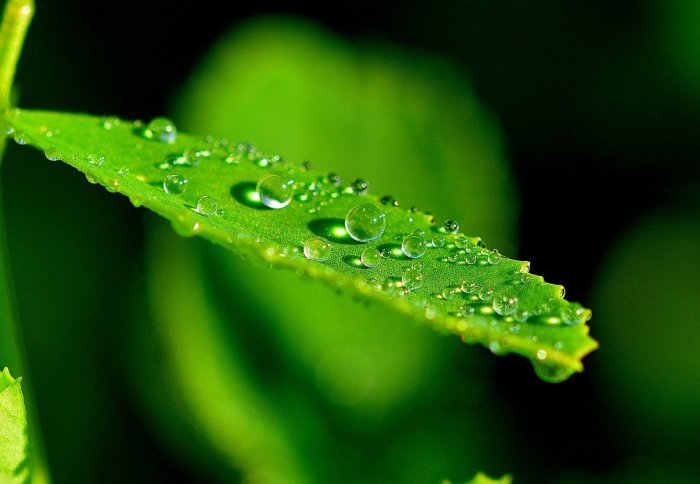

Researchers from the Department of Life Sciences have traced the origins of photosynthesis back to its primordial roots.
Around 3 billion years ago simple forms of life, called cyanobacteria, started using sunlight to create their energy stores, releasing oxygen as a waste product into the atmosphere. Known as oxygenic photosynthesis, it laid the foundations for all life that followed. Now researchers in the Department of Life Sciences at Imperial College London have been able to trace the ancient roots of this important process.
Led by Dr Tanai Cardona the team have been studying how the precursors of oxygenic photosynthesis may have first arisen. A key step is using light to remove electrons from water molecules, ultimately releasing oxygen. This is a very difficult chemical reaction so cyanobacteria and other plants need an incredibly sophisticated molecular complex called Photosystem II. Knowing the history of Photosystem II could reveal a lot about how oxygen was first made early in the history of life.
“Photosystem II changed the planet. How Photosystem II evolved the capacity to break water and generate oxygen is one of the unanswered questions in the history of life,” says Dr Cardona. “Now we have a more detailed idea of how this ancient process appeared for the first time. Without it we wouldn’t be breathing right now.” The team found out that within today’s living algae there are components of Photosystem II that appear to be extremely ancient, originating even before the algae learnt to make oxygen.
The team studied the evolution of a protein at the heart of Photosystem II, named D1. By comparing all existing D1 in cyanobacteria and plants they were able to reconstruct, step-by-step, how Photosystem II learnt to extract electrons from water.
The results open the possibility that oxygen could have been released much earlier in the history of life than previously thought. “Some versions of D1 have extremely ancient characteristics, it is very surprising that they still can be found in the genomes of cyanobacteria,” explains Dr. Cardona “It opens the possibility that oxygen was made by ancestral algae a lot earlier then we could have ever imagined.”
The work was published in the paper Origin and evolution of water oxidation before the last common ancestor of the Cyanobacteria (DOI: 10.1093/molbev/msv024) in the journal Molecular Biology and Evolution.
Supporters

Article text (excluding photos or graphics) available under an Attribution-NonCommercial-ShareAlike Creative Commons license.
Photos and graphics subject to third party copyright used with permission or © Imperial College London.
Reporter
Neasan O'Neill
Faculty of Engineering

Contact details
Email: press.office@imperial.ac.uk
Show all stories by this author



